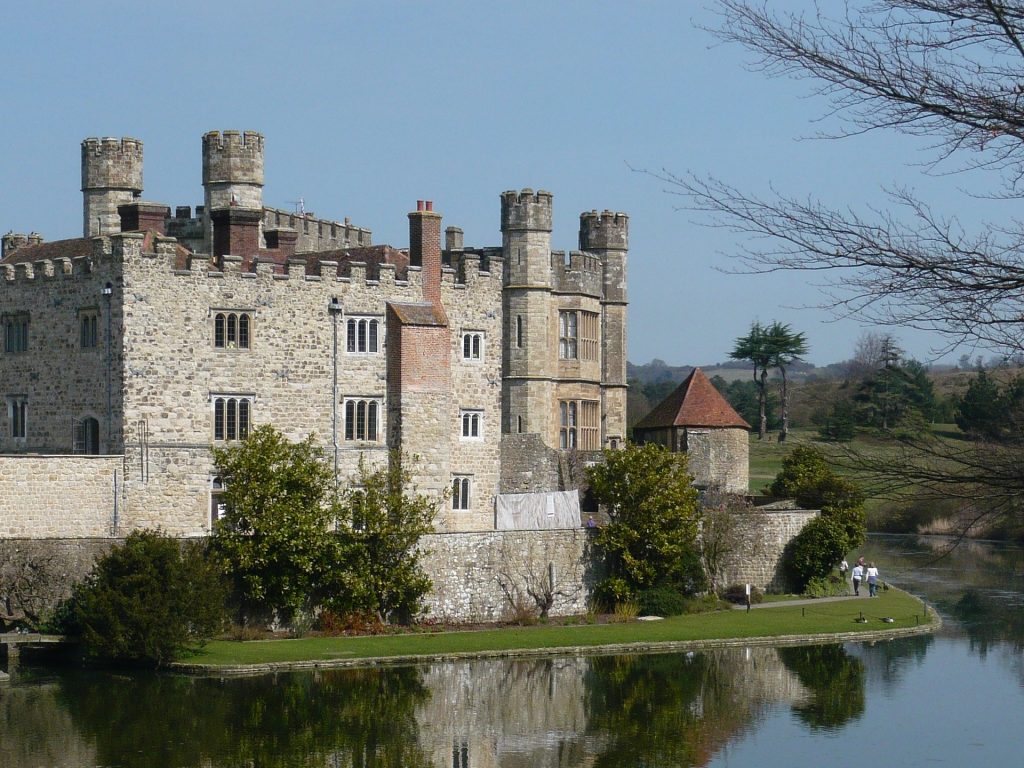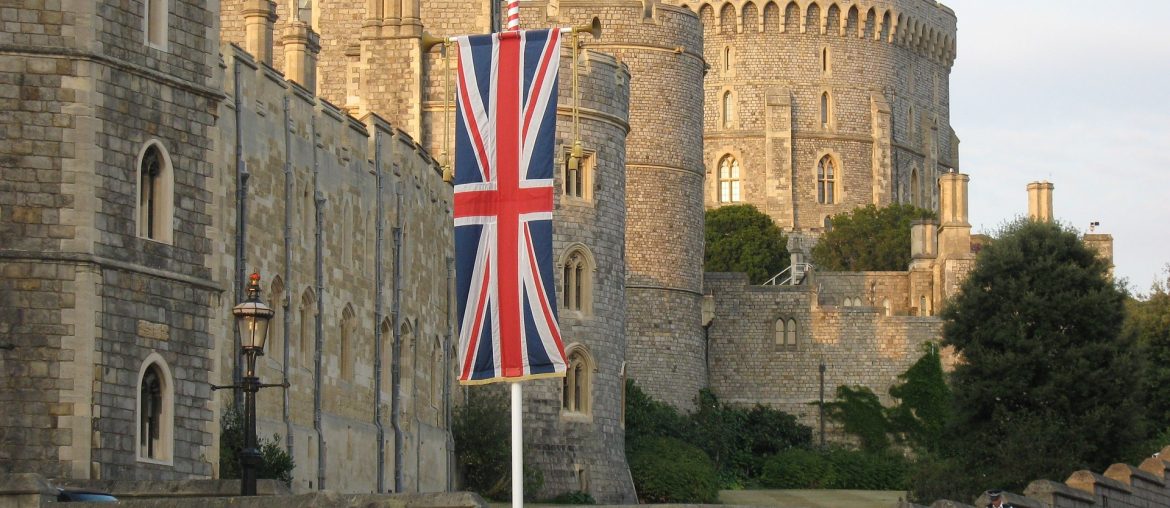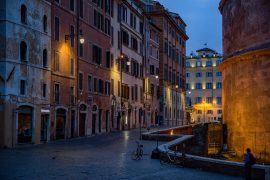Britain’s royal homes have borne witness to centuries of style and glamour as well as fascinating tales of intrigue, betrayal, mystery and unrequited love that chart the history of Britain itself. To walk their halls is to walk in the footsteps of kings and queens, princes and princesses and the great, good and on occasion very, very bad of Britain’s most famous historical figures.
Now you can delve behind the tunics, the silk curtains and the carriage-laden processions of the spectacular royal homes where many of the great events of history have taken place. Here’s five of the very best.
Hampton Court Palace, London
One of only two surviving palaces owned by Henry VIII (St. James’s Palace is the other), Hampton Court is a lavish medieval palace, rebuilt from an original 11th century manor by first Cardinal Wolsey and then by the king himself, intending it to rival Versailles for scale and splendour.
The palace witnessed many of Henry VIII’s most historically important events and is one of the most impressive buildings in the UK. You can see Henry’s private apartments as well as the vast Tudor kitchens, the world-famous maze and England’s oldest real tennis courts – ‘tenys playe’ – where a young Henry VIII used to while away his hours.
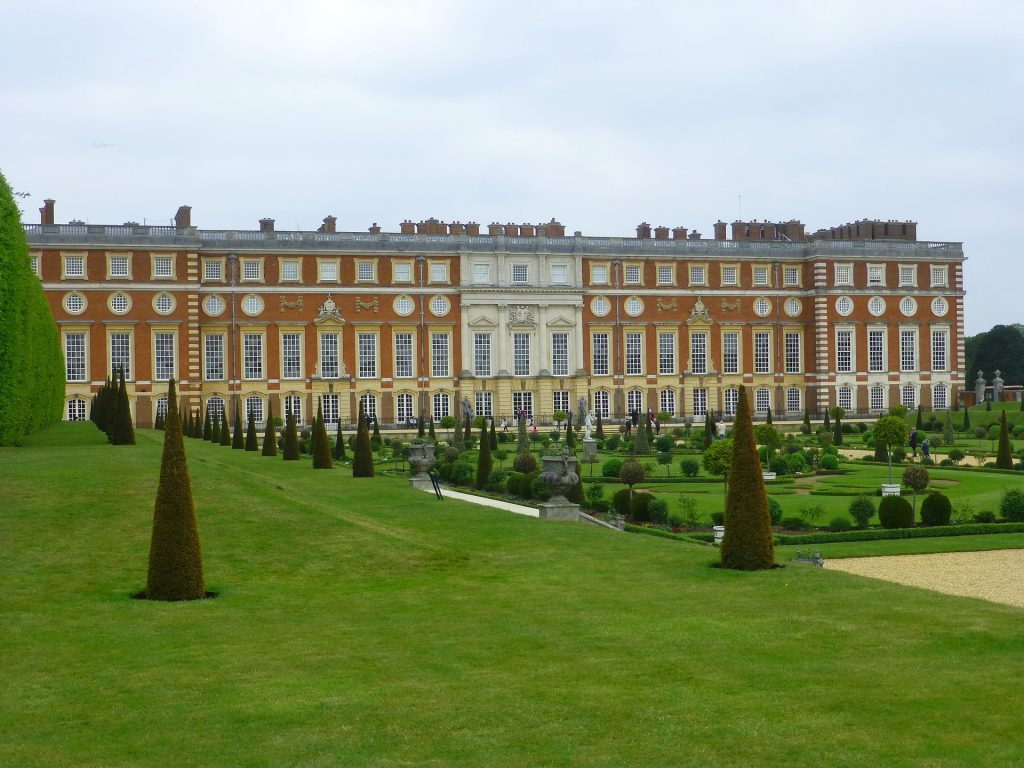
Windsor Castle, Windsor
The oldest occupied castle in the world was built by William the Conqueror in the 1070s and is one of history’s great castles. The stunning fairy-tale castle has been added to, embellished and renovated by successive monarchs and even today, Queen Elizabeth II spends many weekends there.
Amongst many spectacular highlights is St George’s Chapel. Built in the mid-1350s, it has been described as ‘one of the supreme achievements of English Perpendicular Gothic architecture’. The State Apartments and the Luytens-built Queen Mary’s Dolls’ House, the most beautiful in the world should also be on your ‘must see’ list at Windsor Castle.
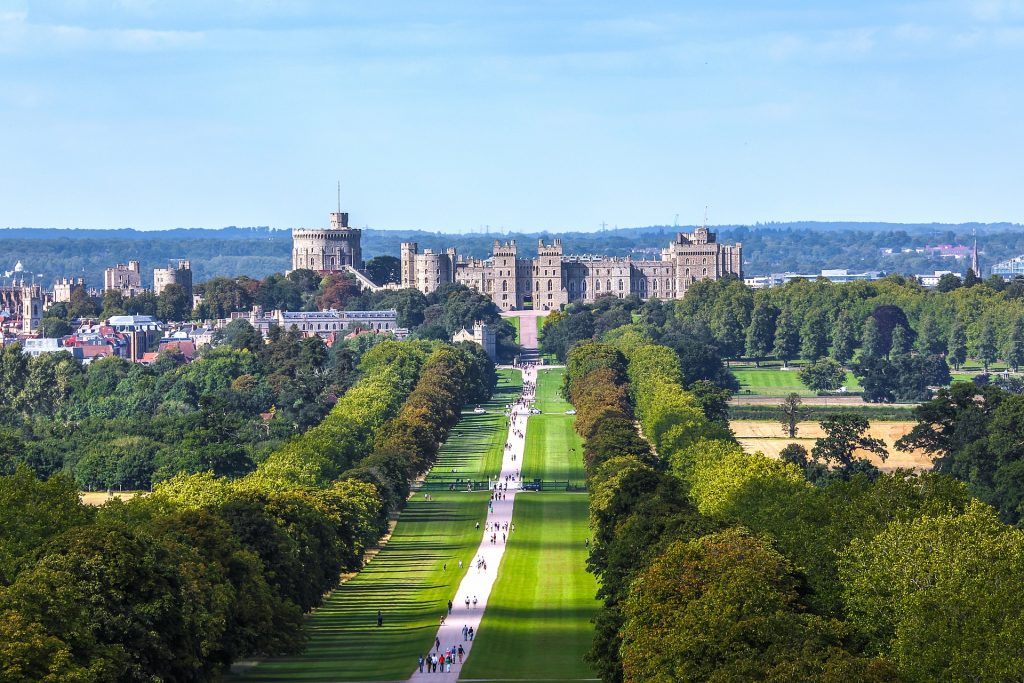
Edinburgh Castle, Edinburgh
Since the 12th century, Scotland’s most important stronghold has captured the imagination of visitors from all over the world. A magnificent edifice that dominates the city’s skyline, Edinburgh Castle was a royal residence until 1633 when it served primarily as a military barracks and has seen its fair share of conflict – 2014 research identified 26 sieges in its history, thus claiming to be ‘the most besieged place in Great Britain and one of the most attacked in the world.’
Amongst its attractions are the Scottish National War Memorial and National War Museum; the Mons Meg, a giant cannon gifted to James II in 1457 and the Great Hall built by James VI in 1511. Exhibits include The Honours of Scotland jewels and Scotland’s coronation stone, the Stone of Destiny in the Crown Room and the castle is also home to the oldest building in Edinburgh, the 12th century St Margaret’s Chapel.
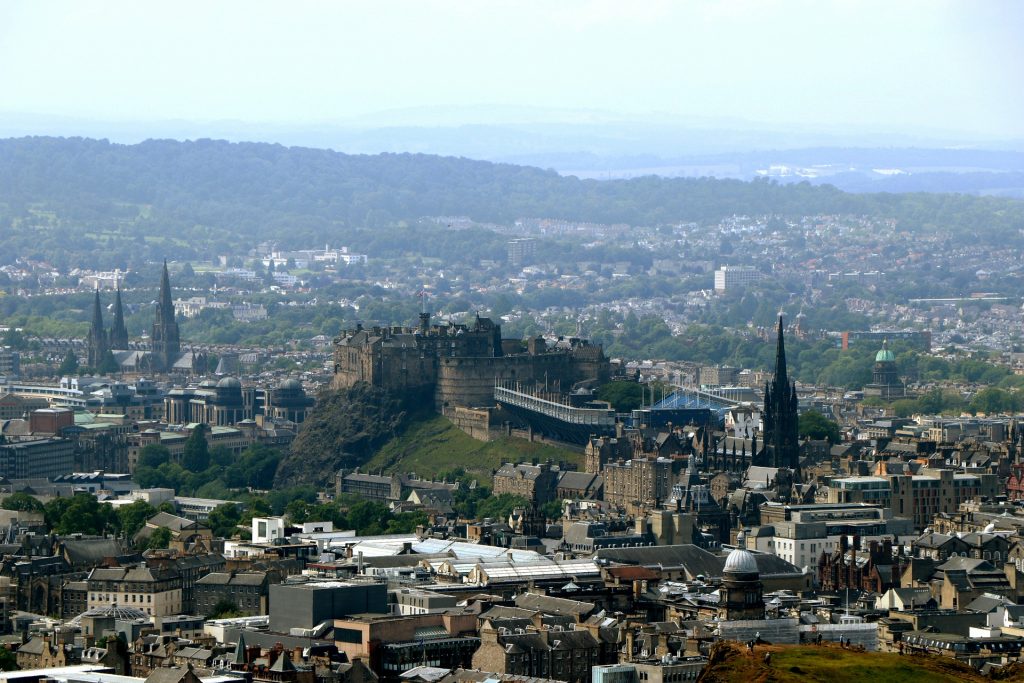
Buckingham Palace, London
The world’s most famous royal palace was originally built in 1703 as a private townhouse for the Duke of Buckingham but has been the London residence of the reigning monarch since Queen Victoria’s accession to the throne in 1837. Consistently ranked as one of the top places to visit in London, the vast complex consists of a staggering 775 rooms as well as London’s largest private garden.
In August and September, the nineteen State Rooms are open to the public. You can see the stunning treasures of the Royal Collections, including an incredible display of artwork as well as some of the finest 17th, 18th and 19th century English and French furniture in existence anywhere. You can also witness the famous Changing of the Guard ceremony which takes place every day during the summer at 11.30am.
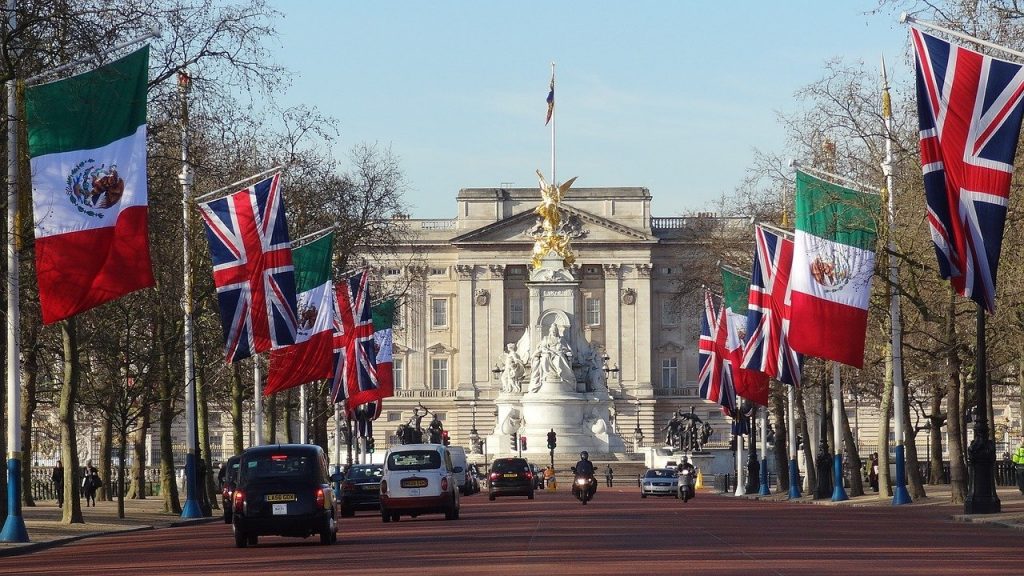
Leeds Castle, Kent
Leeds Castle (in Kent, not Yorkshire) is one of Britain’s most picturesque. The original castle was built in 1119 as a fortification and was a key royal stronghold but it transformed into the royal palace of King Richard I in 1278. It has played the most gracious host to many British monarchs including King Henry VIII who extensively renovated the castle for his first wife, Catherine of Aragon.
The stunning castle sits on small islands in a lake formed by the River Len and the current iteration dates mainly from the 19th century when, under ownership of the Wykeham-Martin family, the castle was extensively repaired and remodelled in the Tudor style. Today, Leeds Castle is a leisure facility housing the world’s largest publicly-displayed collection of dog collars, a fantastic maze and lots to do, including going on a journey through 900 years of British history.
